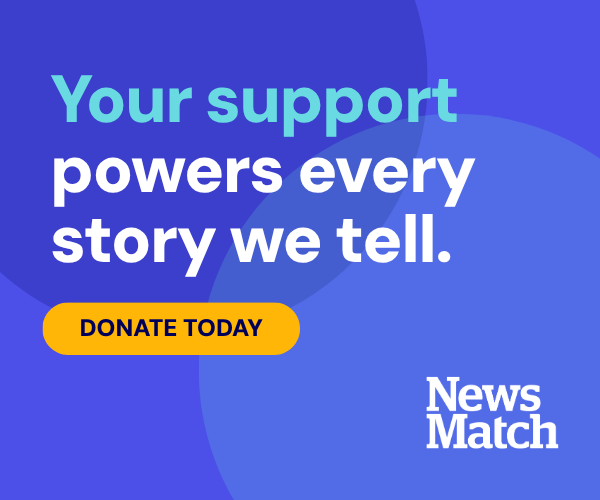Business Community Environment
Proponents, foes of Burley Lagoon geoduck farm to face off at March 2024 hearings
Parties to a dispute over a proposed 25.5 acre geoduck farm in Burley Lagoon have until March 2024 to hone arguments and marshal evidence.
That’s when Taylor Shellfish, which seeks to launch the controversial aquaculture operation, will face off against a coalition of environmental groups and neighbors in arguments before the Pierce County Hearing Examiner concerning the farm’s probable biological, ecological and aesthetic effects.
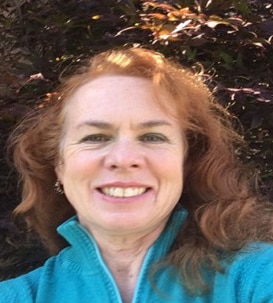
Laura Hendricks
The hearings will start at 9 a.m. March 20 and conclude March 29 in the public meeting room of the Pierce County Public Services Building Annex, 2401 S. 35th St. in Tacoma. That facility was chosen after the parties discussed moving the event to a local high school or a rented civic center to accommodate a potentially large crowd (the county’s facility can hold up to 120 people).
The eight-day event consolidates two separate hearings. Both serve as input to Deputy Hearing Examiner Sharon Rice’s decision on whether the county should grant Taylor Shellfish the shoreline substantial development and shoreline conditional use permits needed for the proposed farm.
If the Hearing Examiner grants approval, the shoreline conditional use permit must then be OK’d by the state Department of Ecology. DOE’s decision can be appealed to the Washington Shoreline Hearings Board.
Impact statement appeal
In the first hearing, starting March 20 and lasting seven days, geoduck farm opponents will appeal the final environmental impact statement (FEIS) for the project, issued by the Pierce County Planning and Public Works Department in January 2023.
That document was largely favorable toward the proposal. Opponents of the geoduck farm — the largest such operation ever proposed or built on Pierce County tidelands — will argue the FEIS used flawed science and misapplied the law, and that it did not respond adequately to questions and comments submitted in response to an earlier draft EIS.
The EIS fails to address serious risks posed by geoduck aquaculture in part because it was written by the shellfish company, and rubber-stamped by the county, said Laura Hendricks, director of Coalition to Protect Puget Sound Habitat, one of the groups mounting the appeal. The county “basically just hands this over to Taylor, and Taylor says whatever Taylor wants to say,” she said.
In the appeal brief, Hendricks is listed as the authorized representative of the coalition, which also includes Friends of Burley Lagoon, Tahoma Audubon Society and Friends of Pierce County.
The FEIS appeal hearing will be open to the public in person and via Zoom, but no public comment is allowed. Taylor Shellfish, Pierce County and the appellants will call witnesses, all of whom are subject to cross-examination.
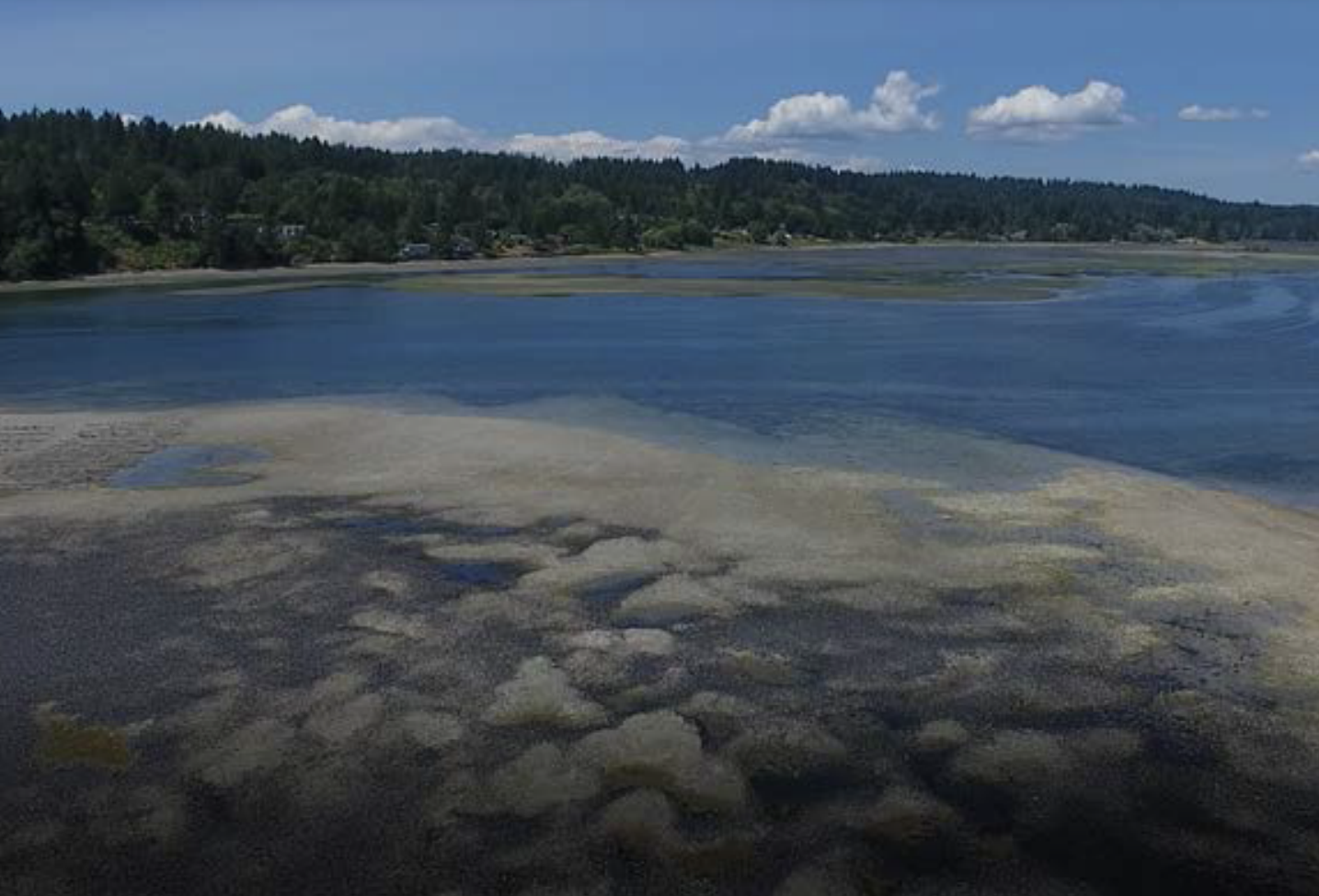
Burley Lagoon
Permit hearing
The second hearing, from March 27 through 29, will address whether the shoreline permits should be granted, as opposed to focusing solely on the validity of the FEIS. The event will allow public comment. Appellants have indicated more than 100 people may wish to speak, and comments will likely be limited to three minutes, according the Examiner’s Pre-Hearing Order setting the event’s format and schedule.
The geoduck farm opponents’ appeal brief presents 40 points opposing the FEIS. In an interview, Hendricks elaborated on some of these, providing the best view yet of arguments expected to be used against the proposed geoduck farm.
Among other alleged errors, the appellants claim the FEIS uses a flawed baseline in presenting the degree of change that the geoduck farm will impose on Burley Lagoon’s marine environment.
For example, in the brief, opponents charge that the FEIS repeatedly refers to the proposed geoduck farm as “converting” 25.5 acres from clam and oyster cultivation to geoduck farming. In fact, it says, 16.6 subtidal acres of the Taylor Shellfish’s proposed geoduck site will be new cultivation, since clam and oyster aquaculture typically don’t occur below the zero mean low water mark.
History of the site
Burley Lagoon has been used for growing oysters and clams for nearly a century. The Yamashita family bought the tidelands in 1952. Burley Lagoon residents have charged that after Taylor Shellfish leased the tidelands from the Yamashitas in 2012, the company began farming more intensively and introduced damaging practices, scraping the bottom of the lagoon in places and causing marine life including snails, crabs and starfish to disappear.
The FEIS states that Taylor Shellfish’s proposed geoduck farm site “is 8.5% of an existing 300-acre commercial shellfish aquaculture farm that has been operating in the estuary since the early 1900s.”
But according to Hendricks, the Yamashitas only cultivated about 50 of the 300 available acres. At the hearing, the opponents will argue that adding the new area containing geoducks to 50 acres under cultivation is more transformative — and more of a threat to the marine life and food web in Burley Lagoon — than adding the same amount of new cultivated area to an existing 300 acres of cultivated area, she said.
Geoduck farming
The environmental dangers of plastics used extensively in geoduck farming — and the FEIS’s alleged failure to sufficiently address these risks — are a major thrust of the appeal. During farmed geoducks’ first two years, PVC tubes are placed over each clam and jut several inches out of the mud at intervals of 1 to 1.5 feet, or up to 43,560 tubes per acre. The proposed operation will also use high density polyethylene (HDPE) tube caps, predator nets and zip ties, the appeal brief says.
“This massive addition of fragmenting, degrading HDPE and cracking and slow sanding of PVC aquaculture gear results in significant release of microplastics that have probable, significant, and adverse environmental impacts that cannot be effectively mitigated by industry practices and compliances,” the brief says.
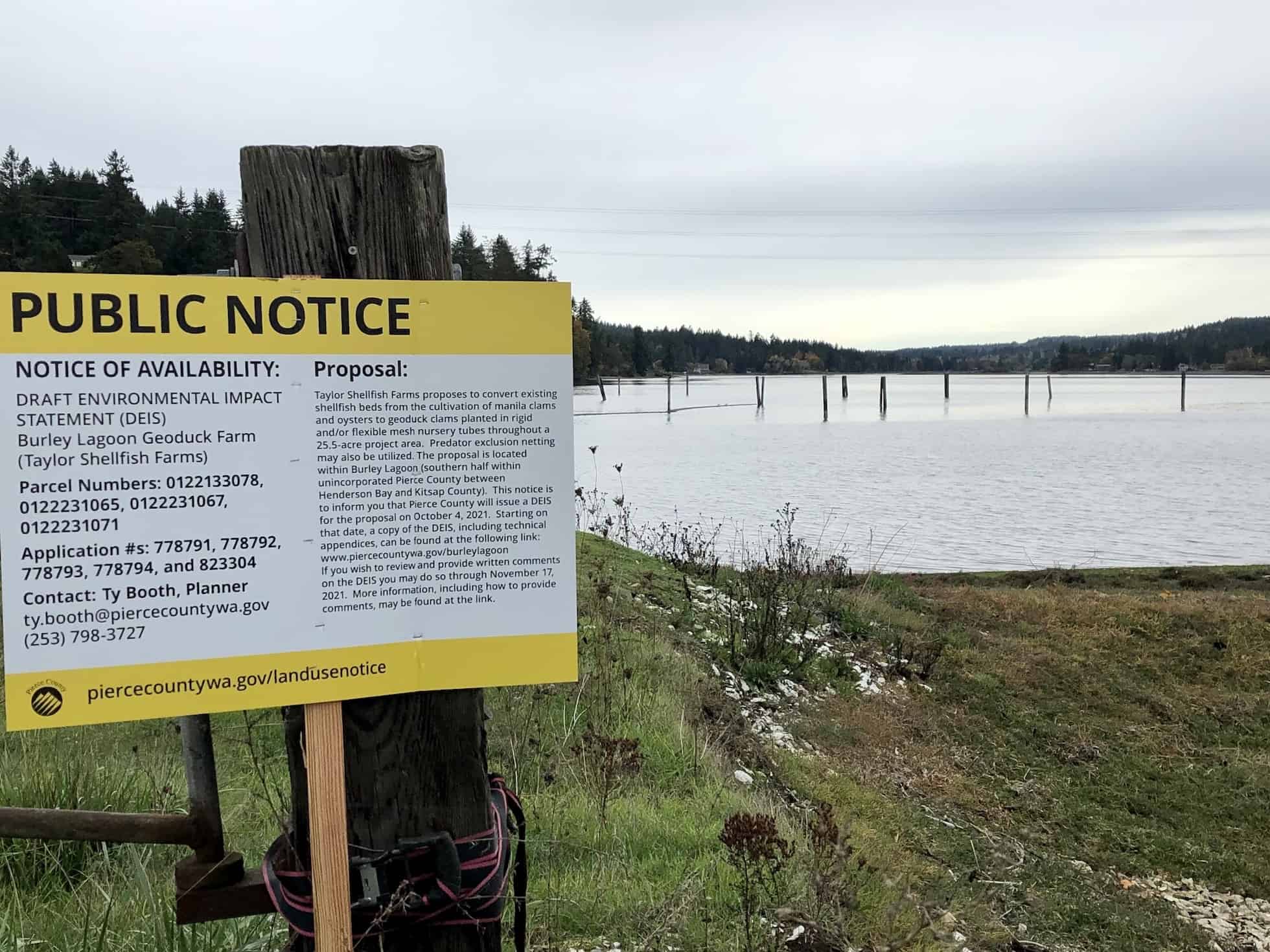
Taylor Shellfish wants to switch from farming Manila clams and oysters in Burley Lagoon to geoducks. Ed Friedrich / Gig Harbor Now
The appeal brief charges that the FEIS failed to adequately consider the risk posed by the farm to threatened and endangered species in the lagoon, including the marbled murrelet and Chinook salmon. The proposed aquaculture will destroy or prevent the return of eelgrass that provides habitat for forage fish – including sand lance, herring, anchovy and juvenile rockfish – on which larger species depend for food, the brief says.
“If the state is really serious about endangered species like Chinook salmon or whales, they need to be looking at this and saying, ‘enough is enough,'” Hendricks said.
Eelgrass issue
The eelgrass issue has already handed Hendricks’ group a win against geoduck farming at a site close to Burley Lagoon, Hendricks noted. In 2016, a Washington Court of Appeals decision upheld the state Shoreline Hearings Board’s denial of a permit for a five-acre geoduck farm in northern Henderson Bay. Olympia-based Chelsea Farms shellfish company and the tidelands’ owner, Darrell de Tienne of San Francisco, proposed that farm.
The board overturned a permit for the farm issued by Pierce County, in response to a petition from a coalition that included Coalition to Protect Puget Sound Habitat. A main reason for the board’s decision was the risk the proposed farm posed to nearby eelgrass beds, according to published reports.
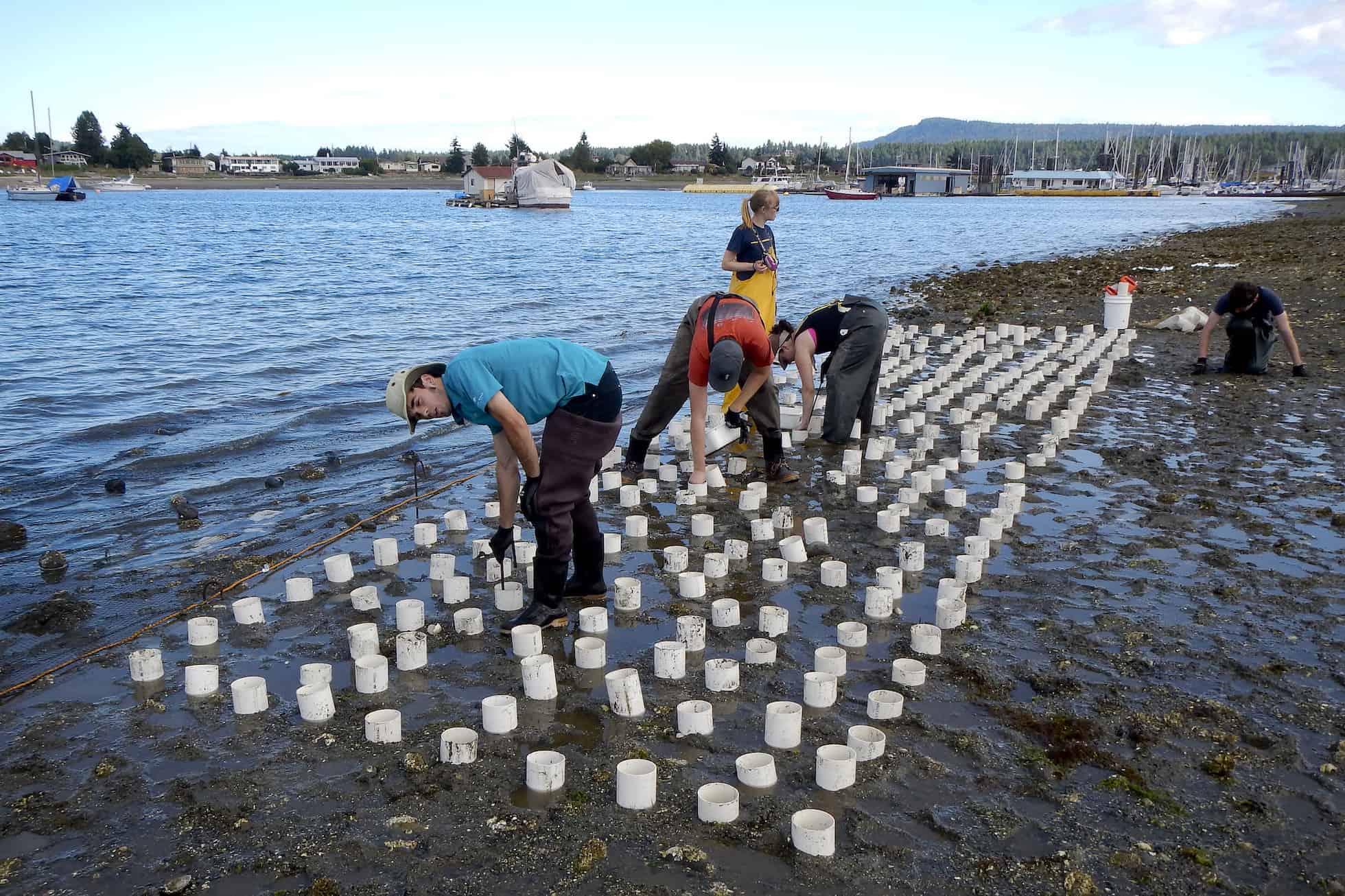
Geoducks are planted in PVC tubes. Photo courtesy of Creative Commons/Flickr https://creativecommons.org/licenses/by/2.0/

